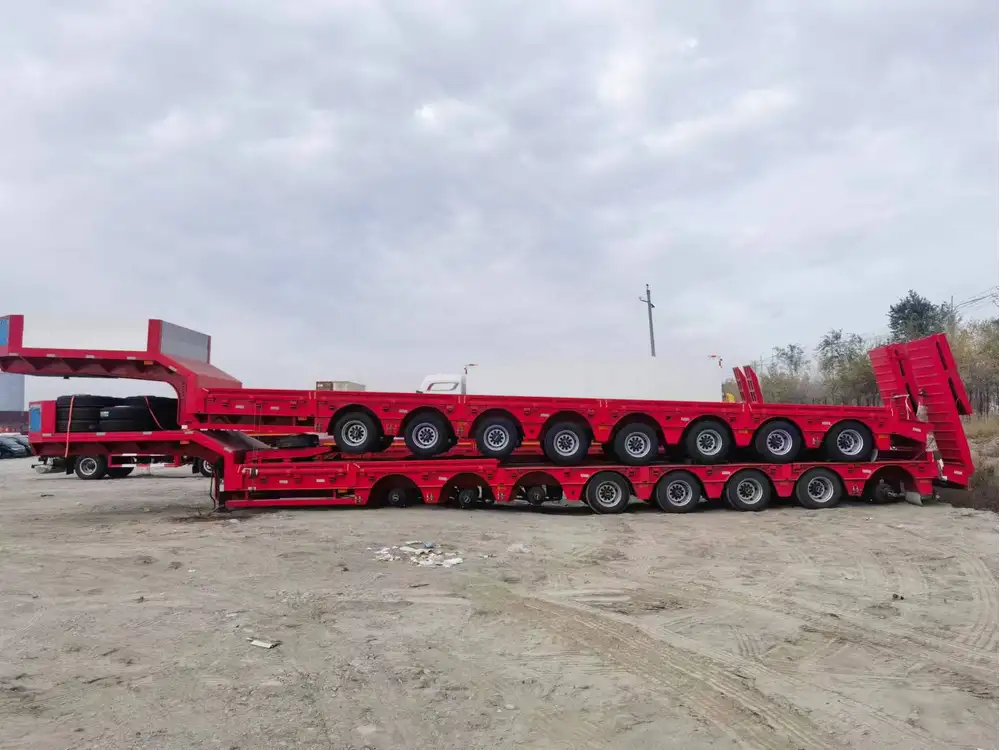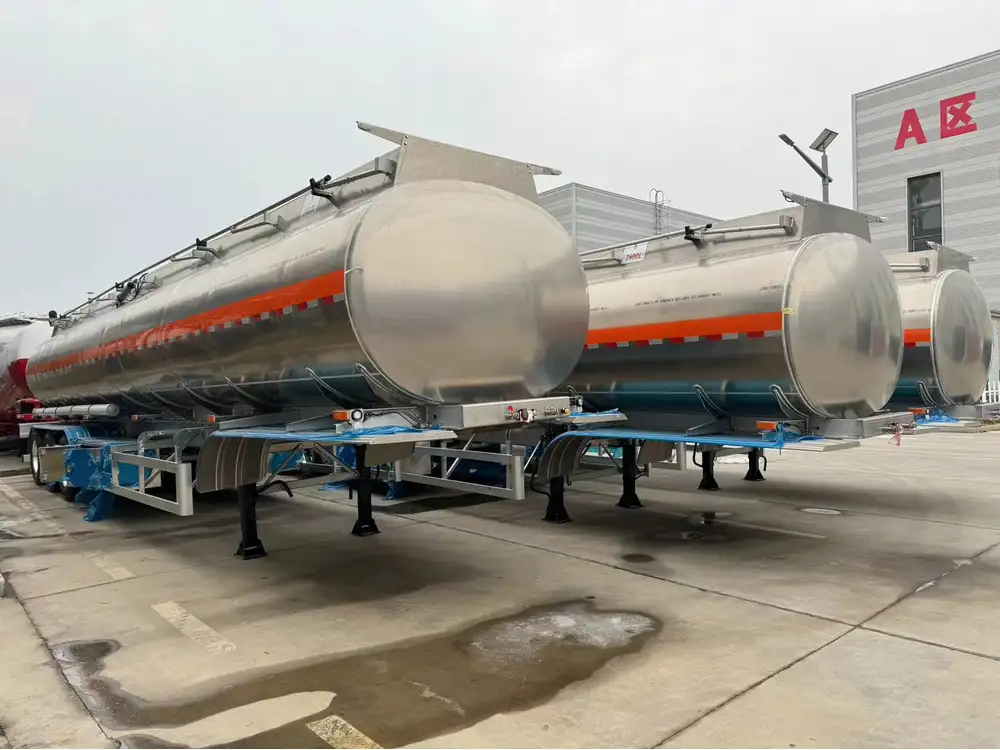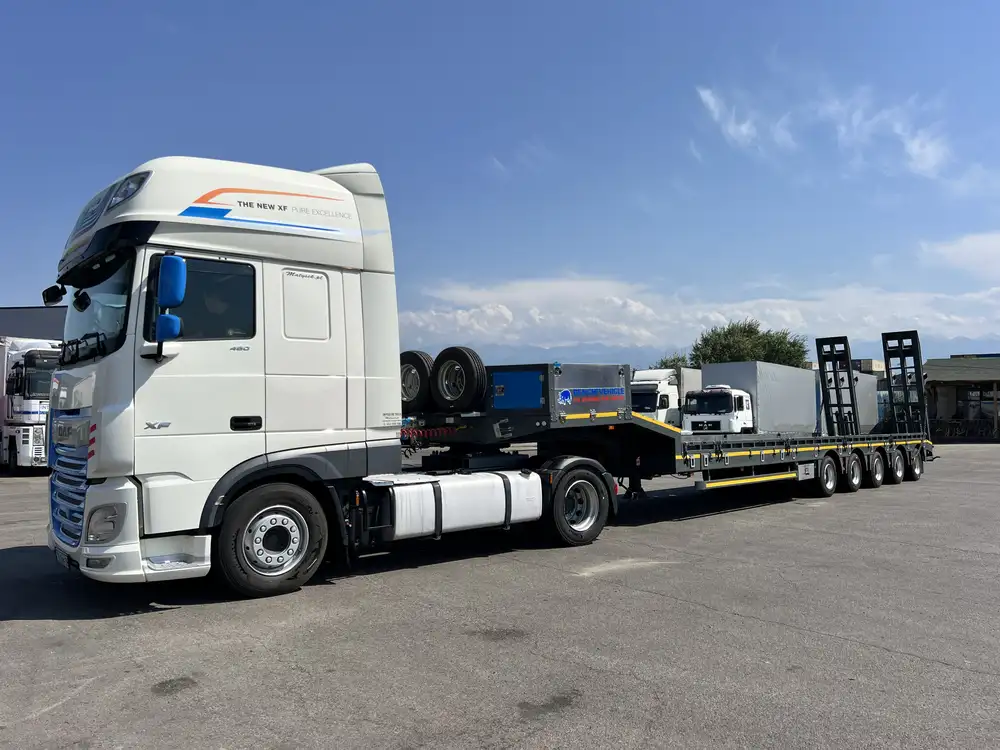Loading a semi-trailer is an integral component of the transportation and logistics sector. Executing this process effectively can yield significant improvements in efficiency, safety, and compliance. In this comprehensive guide, we explore various aspects of loading semi-trailers with a focus on meticulous logging to ensure accountability and seamless operations.
Understanding the Loading Process: An Overview
To grasp the intricacies of logging the loading process, operators need to understand the general loading procedure. This entails the following stages:
Pre-Loading Preparation
- Inspection of the trailer.
- Verifying the load specifications.
- Conducting safety assessments.
Loading
- Utilizing appropriate equipment.
- Ensuring even weight distribution.
- Maintaining balance and stability.
Post-Loading Documentation
- Recording weight and load specifics.
- Completing necessary compliance forms.
- Preparing for transport.
By disassembling this sequence, we can better identify log entries that should be recorded in detail.
Importance of Logging the Loading Process
Logging the loading of a semi-trailer isn’t merely a procedural formality; it serves multiple critical purposes:
- Regulatory Compliance: Many industries impose strict guidelines regarding weight limits and loading practices. Accurate logs ensure adherence to local and federal regulations.
- Operational Transparency: Detailed storage of loading processes bolsters accountability among personnel and prevents discrepancies.
- Safety Assurance: Comprehensive records can help prevent accidents by ensuring that load weights and configurations are optimal for travel.

Essential Components of a Loading Log
Logging the loading process entails collecting various key details. Below is a structured table of the necessary fields that should be included in any loading log:
| Field | Description |
|---|---|
| Date and Time | When loading commenced and was completed. |
| Operator Name | Name of the individual responsible for loading. |
| Trailer Number | Identification number of the semi-trailer loaded. |
| Load Description | Specific details about the items being loaded. |
| Weight of Load | Total weight of the cargo in pounds or kilograms. |
| Sealing Number | Number associated with seals, if applicable. |
| Location | Where the loading took place (e.g., warehouse, dock). |
| Safety Checks Completed | Confirmation that all safety inspections were conducted. |
| Signature | Signature of the operator or verifier. |
Detailed Breakdown of Each Component
1. Date and Time
The accuracy of loading records begins here; users should note the exact date and time when the loading process begins and ends. This is crucial for tracing operations.

2. Operator Name
Accountability is necessary. Documenting the operator’s name allows for any potential investigation into loading discrepancies or accidents.
3. Trailer Number
A unique identifier for automation and tracking. It allows operators to monitor which trailers are loaded with which cargo efficiently.
4. Load Description
Providing a detailed description of the load can aid in inventory management and further downstream processes, such as delivery and receipt verification.

5. Weight of Load
Recording the total weight is vital for compliance with weight regulations to prevent overloading, which can lead to accidents and legal issues.
6. Sealing Number
In many cases, especially when transporting sensitive materials, seals are used to ensure the integrity of the load. This number becomes essential for security audits.
7. Location
Identifying where the loading took place not only highlights logistical efficiency but may also become crucial for insurance purposes in the event of cargo loss or damage.

8. Safety Checks Completed
Every loading operation must undergo a set of safety checks to prevent hazards. Logging these checks confirms adherence to safety practices.
9. Signature
The acknowledgment of responsibilities is pivotal, with the operator’s signature serving as an assurance of correctness and truthfulness in the logged details.
Logging Techniques: Tools and Methods
With technology advancing rapidly, organizations now have a plethora of tools at their disposal for effective logging:

1. Paper-Based Logs
Traditional yet reliable, these logs are easy to implement. However, they often come with a higher potential for errors, such as illegible handwriting or missing entries.
2. Digital Spreadsheets
Utilizing programs like Microsoft Excel or Google Sheets can automate calculations (like total weights) and simplify data tracking. However, they require proper digital literacy.
3. Dedicated Load Management Software
There are various specialized software solutions available that can manage loading actions, track inventory, and generate reports automatically. While typically more costly, they offer long-term efficiency improvements.

4. Mobile Applications
With the rise of mobile technology, various apps allow operators to log loading actions directly from their smartphones or tablets. This instant accessibility can expedite the logging process.
Common Challenges in Logging the Loading Process
Even with a thorough understanding of loading processes, operators may encounter several challenges:
1. Inaccurate Weighing
Manual scales can be subject to error. It’s paramount to ensure that weighing equipment is calibrated and operated correctly to prevent inaccuracies.

2. Weather Influences
Inclement weather can affect loading operations, leading to hurried or incomplete logging. Managing time effectively during adverse weather conditions is critical.
3. Staff Turnover
With constant movement in the labor force, ensuring that all employees are trained in logging practices can be problematic, demanding regular training sessions.
4. Compliance Overhauls
Regulatory frameworks frequently change, necessitating adjustments in logging practices. Staying informed and adaptable is crucial for compliance.

Best Practices for Effective Loading Log Management
Implementing best practices significantly enhances the effectiveness of logging operations. Here’s a compilation of essential tips:
- Establish Clear Protocols: Define and disseminate protocols for loading and logging that all employees must follow.
- Utilize Digital Solutions: Embrace modern technology to streamline logging processes.
- Conduct Regular Audits: Periodically review logs to assess compliance and accuracy.
- Train Staff Continuously: Regular training sessions will keep staff updated on best practices and evolving regulations.
- Emphasize Communication: Foster open lines of communication between operators and management to address issues in real time.
Conclusion
Accurately logging the loading of semi-trailers is not merely a bureaucratic exercise; it plays a pivotal role in safety, efficiency, and compliance within the transport and logistics sector. By understanding the importance of meticulous logging, incorporating the right tools, and adhering to best practices, organizations can enhance their operational integrity and reliability.
Following the guidelines outlined in this article, operators can ensure that not only are the details accurately recorded, but that the entire operation adheres to safety and legal standards. This structured approach not only guarantees compliance but also promotes an overarching culture of accountability and efficiency in the loading process.



